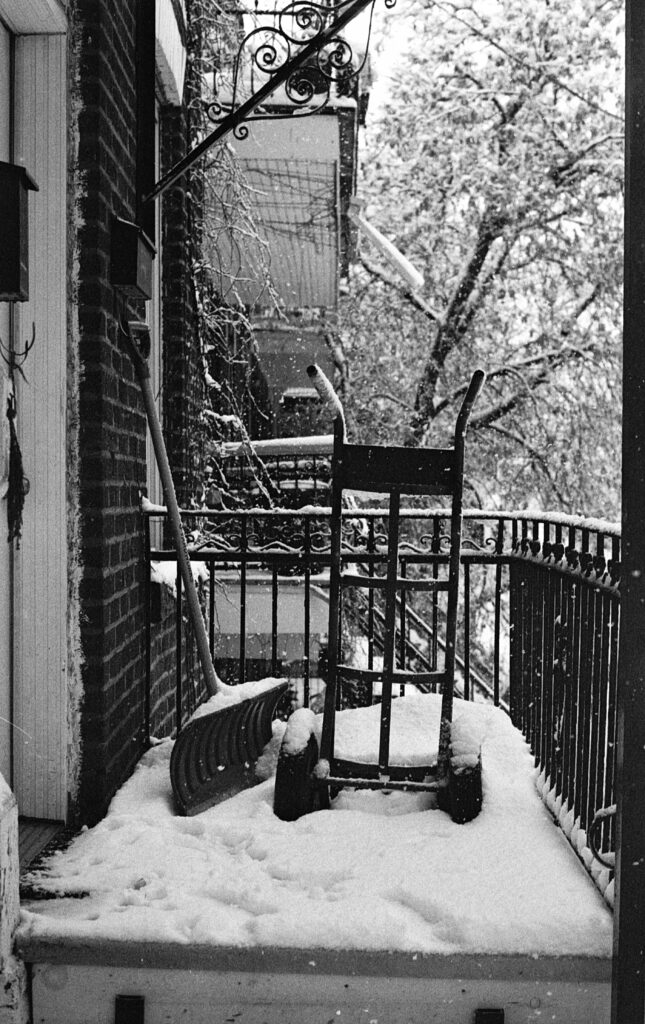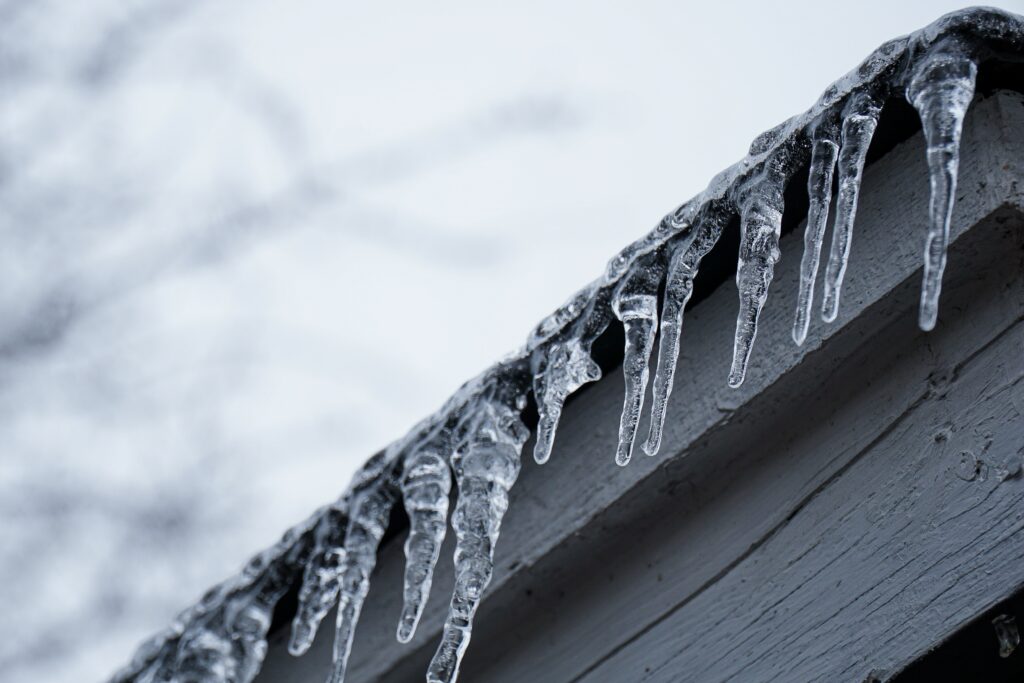When it comes to the commercial building that your business calls home, it’s crucial that you do all you can to protect it. The last thing you want is for weather-related complications to disrupt your daily operations, or worse, cause costly and irrevocable damages. Extreme winter weather is very possible in Northern Nevada and being ill-prepared for how to deal with the effects of a heavy storm is anything but good for business.
Here are some tips, along with a comprehensive checklist of how to best prepare your commercial business for winter, from the reliable tenant improvement contractors at Stryker Construction.
What Can Go Wrong?
Your company’s building should be taken care of similarly to your home, only the risk is often far greater given the high value of the commercial property and your business equipment. Because of this, it’s essential that you properly prepare yourself for winter hazards in Reno. Some examples of winter-related complications may include:
- Heavy snow/ice accumulation on roofs and equipment
- Low temperatures that may lead to plumbing problems
- Blocked roof drainage systems
- Accessibility issues due to heavy snow or ice
- Heating system failure
Commercial Building Winterization Checklist
The best way to prepare your commercial building for winter is to start with a comprehensive checklist to keep you organized and ensure every part of your building is safe and secure. The tenant improvement contractors at Stryker Construction recommend starting with an “Extreme Weather Emergency Plan” and an evaluation of the current state of the commercial property. From there, various repairs, maintenance and preventative steps may need to be made to secure the building from extreme weather.
Emergency Plans
Developing an emergency plan in case of extreme winter weather should be completed first. It should include the following:
- Assignment of emergency roles and responsibilities
- Annual training and emergency preparedness
- Compile all necessary emergency supplies such as:
- plastic tarps
- mops
- emergency lighting
- battery operated radio
- emergency temporary heating equipment
- snow and ice clearing equipment,
- road salt
- Plan ahead with your recovery efforts. Create a guide for restoring daily operations after the event
- Task a responsible employee with monitoring weather reports to deliver timely information that allows sufficient time to implement your emergency plan
- Plan snow removal arrangements accordingly
Building Assets
The structure of any building is its greatest support. Typically, weather-related damages are less noticeable when they’re first developing and it usually isn’t until other building assets start to display signs of deterioration that these issues are addressed. Be sure to include the following checks in your winter preparations to avoid serious structural damage:
- Weatherproof your commercial building’s windows, doors, and vents to limit exposure to the outside air
- Seal any openings or leaks in exterior walls and indoor features such as ceilings, walls, and floors
- Ensure indoor temperatures remain above 40? (4?) to keep from freezing
- Inspect the outside of the building as well. Look for:
- Structural damage
- Unstable trees/tree limbs
- Broken equipment
- Other external hazards
Equipment and Utilities
Business equipment is highly valuable meaning it’s also quite expensive to replace if it’s damaged. The same applies to your property’s utilities like the heating system and plumbing. Here are some tips for preparing your commercial building’s equipment and utilities:
- Have your HVAC system inspected by a professional to ensure it functions properly
- Heating and process boilers
- Furnaces
- Ovens
- Process water tanks
- Etc.
- Check all processes subject to freezing (i.e.: water, fuel, oil, and steam lines)
- Verify that your facility is equipped with adequate fuel supplies
- Drain all water from equipment or piping that are stored in unheated areas
- Have your wet and dry sprinkler systems inspected
- Adjust antifreeze and temperatures accordingly
- Have fire pumps and fire hydrants inspected
Rooftops
Roofs provide the most protection from outside elements, but they also face the brunt of poor weather conditions and often suffer the most damage. Be sure to complete the following winterization checklist to keep your roof in tip-top shape this winter:
- Inspect your roof while it is completely dry and visible. Look for things such as:
- Cracked or bent beams, joists, or columns
- Rusted or deteriorated decking
- Cracked or deteriorated roof coverings
- Areas vulnerable to water pooling
- Evaluate your roof’s drainage system. Check to make sure there are no blockages from built-up debris or ice.
- Determine the roof’s snow load capacity and prepare to remove excess snow if necessary
Seek Advice From A Tenant Improvement Contractor
Our team has extensive experience working on commercial construction sites, making us the ideal tenant improvement contractor to join your team. Each of our tradesmen has special skills and knowledge that help your project come together to be completed successfully and efficiently. For tips on how to properly prepare your commercial building for the winter, connect with the team at Stryker Construction today.

